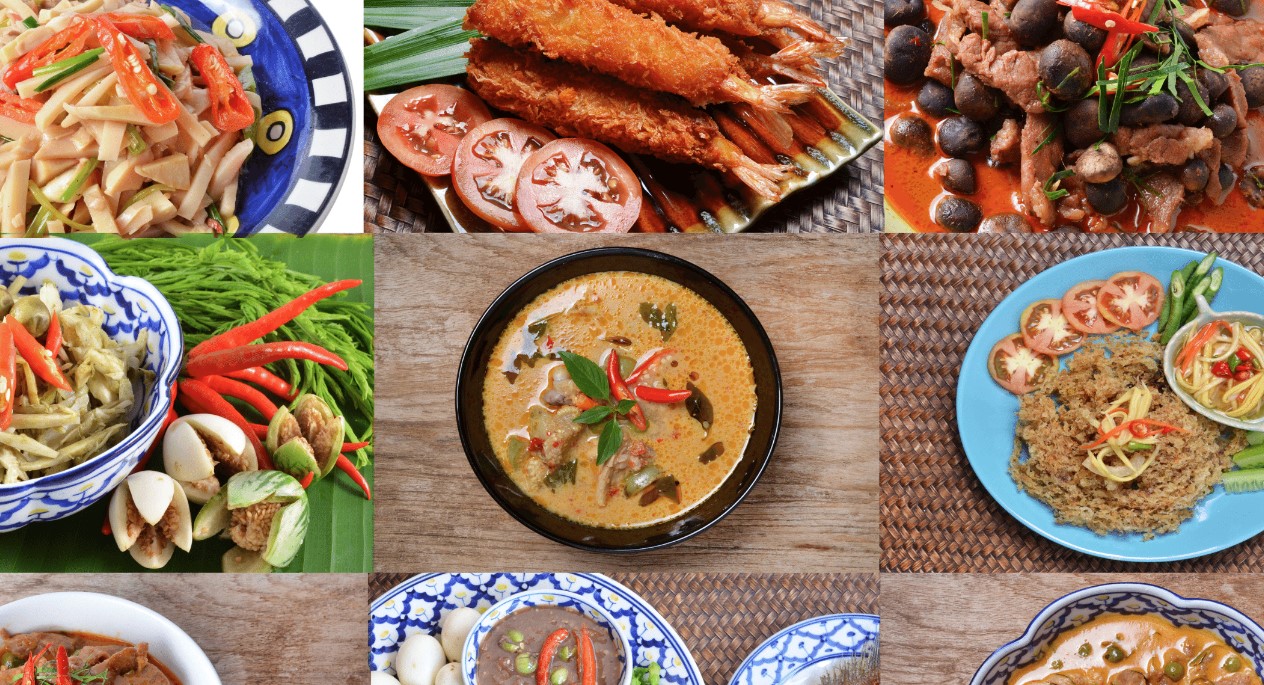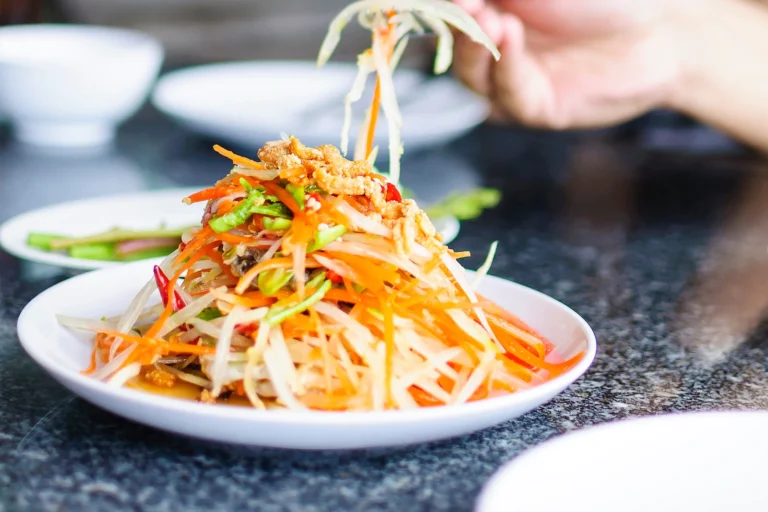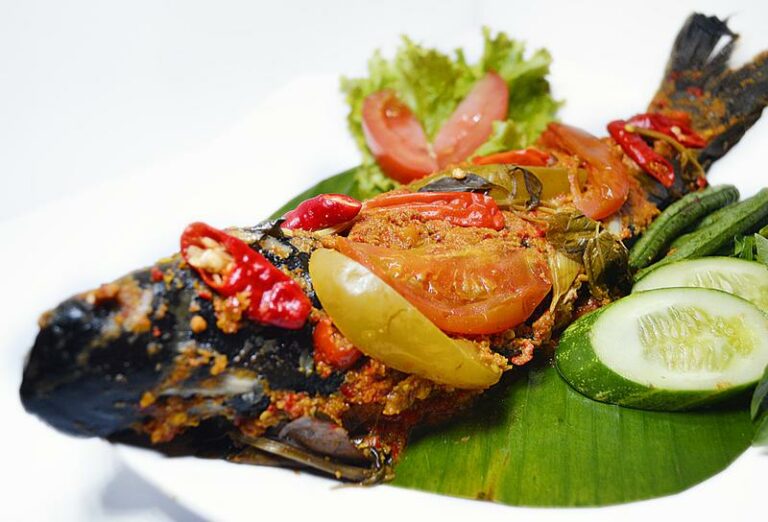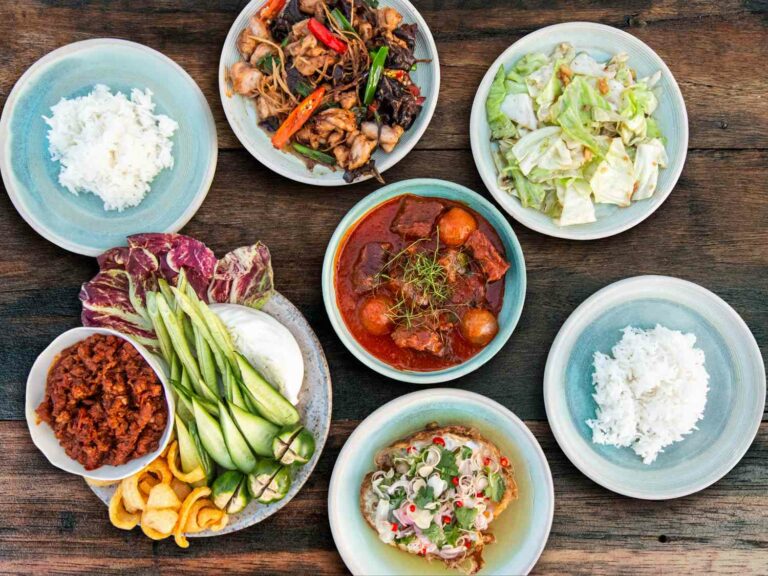Introduction: Timorese Street Food
Timor-Leste, also known as East Timor, is a small island nation located in Southeast Asia. The country’s rich history, culture, and geography have contributed to its unique cuisine, which is a blend of Indonesian, Portuguese, and other regional influences. Timorese street food, in particular, offers a glimpse into the country’s vibrant food culture and is a must-try for visitors and locals alike.
1. Grilled Corn and Coconut
One popular Timorese street food item is grilled corn and coconut. Corn is widely cultivated in Timor-Leste and is a staple of the local diet. The corn is grilled over an open flame, giving it a smoky flavor, and is topped with freshly grated coconut. The combination of the sweet corn and creamy coconut is a match made in heaven and makes for a delicious and nutritious snack.
2. Chicken Skewers with Peanut Sauce
Chicken skewers with peanut sauce, or satay ayam, is another popular street food in Timor-Leste. The chicken is marinated in a mixture of turmeric, garlic, and lemongrass, then grilled over hot coals. The peanut sauce is made with ground peanuts, soy sauce, and spices, giving it a rich and savory flavor. This flavorful dish is often served with rice and is a favorite among locals and tourists alike.
3. Fried Taro and Sweet Potato Balls
Fried taro and sweet potato balls, or bola-bola, are a popular street food snack in Timor-Leste. The ingredients are mashed together with a little bit of flour, then rolled into small balls and deep-fried until golden brown. These crispy, savory balls are perfect for a quick snack on the go and can be found in markets and street stalls throughout the country.
4. Beef or Fish Satay with Rice Cake
Another popular street food item in Timor-Leste is beef or fish satay with rice cake, or lontar. The satay is marinated in a mixture of spices, including turmeric, coriander, and cumin, then grilled over hot coals. The rice cake, which is made from glutinous rice, is steamed and then grilled, giving it a crispy texture. This dish is often served with a spicy peanut sauce and is a popular meal for lunch or dinner.
5. Fried Banana with Palm Sugar
Fried banana with palm sugar, or pisang goreng, is a sweet and satisfying Timorese street food item. The bananas are coated in a batter made from rice flour and coconut milk, then deep-fried until crispy. The palm sugar, which is made from the sap of palm trees, is melted down into a syrup and poured over the fried bananas, giving them a sweet and sticky glaze. This dessert is a favorite among locals and tourists alike and is a must-try when visiting Timor-Leste.
Conclusion: Exploring Timorese Cuisine
Timorese street food offers a window into the country’s rich and diverse food culture. From savory snacks like chicken skewers with peanut sauce to sweet treats like fried banana with palm sugar, there is something for everyone to enjoy. So, the next time you find yourself in Timor-Leste, be sure to explore the local markets and street stalls to discover the delicious and unique flavors of Timorese cuisine.










